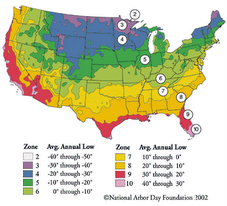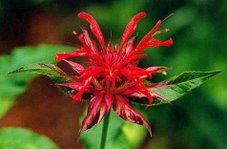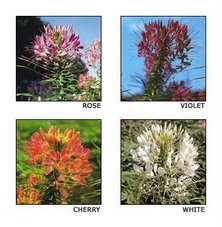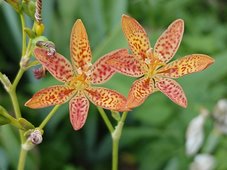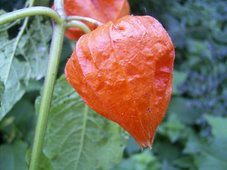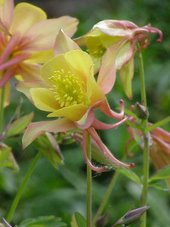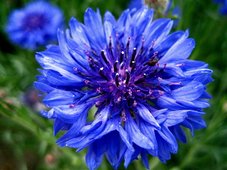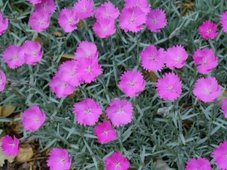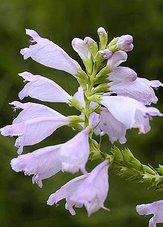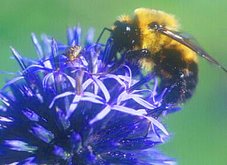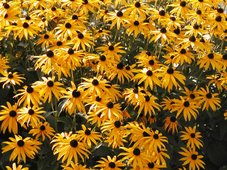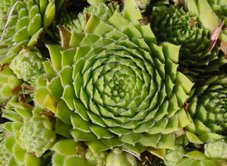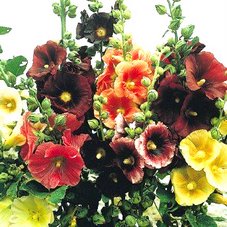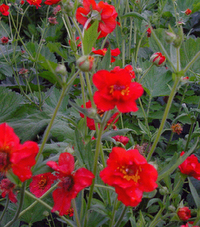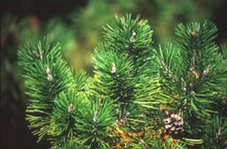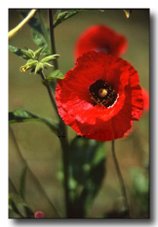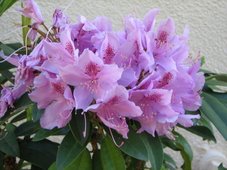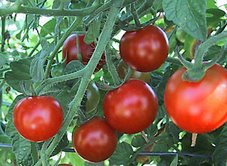

 We spent a good part of this weekend, (finally), putting in a herb garden.
We spent a good part of this weekend, (finally), putting in a herb garden.The first two pics show construction in progress and the third our final result.
Up through the middle of the herb garden are large rocks buried in the soil which creates a stairway up the bank. (How we will negociate those stairs twenty years from now will be an issue we can deal with then!)
Left to right behind the new garden is corn, a new chive garden and our squash ... which hopefully will soon be adorning the whole fence, (as in past years).
Edibles scattered in other parts of the garden are raspberries, broccoli and of course our tomato patch.
Come on sun!
Those herbs should soon raise the bar on my barbequed chicken spaghetti sauce.








